Philanthropy in China has grown exponentially, with charitable giving growing 20% year-on-year, compared to GDP growth of between 6% and 7% annually. Despite being a new joiner to global philanthropy (interest in charitable giving surged in 2008 following the Sichuan earthquake and has been growing ever since), Chinese philanthropy is evolving from reactive or cause-driven giving to designing interventions for long-term, transformative change.
According to a report released this month by AVPN (Asian Venture Philanthropy Network), supported by The Rockefeller Foundation, the total amount of charitable giving in China had quadrupled between 2009 and last year, reaching $23.4 billion. Meanwhile, the number of social enterprises registered in the country increased by 17% between 2017 and 2018. This increase has not only nurtured an ecosystem that enables investors to make impact-conscious decisions, but also fosters talent and trust within the sector to develop the next generation of changemakers.
China is undoubtedly beginning to flex its muscles as a catalyst and driver for achieving the United Nations Sustainable Development Goals. Historically, philanthropic activity in the country sought to secure the fundamentals of well-being, with most Chinese philanthropists focusing their giving in education, poverty alleviation, social welfare, healthcare and disaster relief at home. But as China’s economic power rises on the global stage, so do its ambitions to make an impact elsewhere. Chinese philanthropists are beginning to look further afield, and they are leveraging their strengths in technology to drive new models of giving.
Built from innovation
At the center of what modern philanthropy looks like in China sits cutting-edge technology that’s harnessing the country’s thriving digital services sector to spark greater impact. Tencent matches mobile donations made via WeChat to their own charitable donations, while Alipay and Ant Financial leverage user-recorded low-carbon footprint data to reverse desertification in real life. Yidu Cloud has shown the same dynamism working alongside top medical establishments in China with the aim of providing better healthcare to patients by curating quality data to researchers through its cloud platform, advanced machine learning and AI technology. These ongoing contributions by Chinese tech Goliaths–and the rising Davids–illustrate how digital innovation empowers out-of-the-box approaches to solve the SDGs.
We’re also seeing innovation in the way lines are blurring between business and impact. According to the report, about 65% of philanthropic giving in China is driven by corporate foundations, a space historically dominated by non-profits. Businesses large and small also no longer see social value as an add-on but a fundamental part of their value proposition. Solutions like Shuidi Chou–an insurance platform that crowdfunds health payments for those who cannot afford it–is worth 710 million yuan ($105.8 million), and impact investment pioneer E-Hong Capital tells us they’re seeing returns at market rate. CASVI’s SV99, an index that tracks the top 300 companies in China on the basis of Environmental and Social Governance (ESG), has been outperforming benchmark indices in the Shanghai and Shenzhen stock markets. China also boasts the largest number of millionaires engaged in ESG-related investments and corporate donations in the country. Overall, China now ranks as one of the top three countries in the world for cumulative green bond issuance.
Bracing the momentum
China’s philanthropic sector is developing in an exciting, accelerated and some might say frenzied pace. With this dynamism comes the challenge of securing these foundations. Indeed, while the total amount of philanthropic giving and the mechanisms by which capital is aggregated and deployed are mushrooming, we must pay attention to nurturing a well-developed philanthropic ecosystem.
In 2017, roughly 6,322 domestic foundations operated in China, with fewer than 2,000 registered in 2009. Yet, less than 1% of these foundations are making grants, preferring to run their own programs independently. The global philanthropic community should view this gap as an opportunity to carve new pathways that will not only elevate China’s philanthropic ecosystem but also enhance our collective ability to solve the global goals. Through partnerships, international organizations and Chinese philanthropists can break new grounds in addressing the world’s most pressing issues. They can facilitate unfettered access to trustworthy networks that share resources and propel co-investment across international development issues, and scale them up for greater impact. The importance of intermediaries in this process cannot be understated; facilitators, connectors, and capacity builders are key to bridging the gap and improving accountability between funders and organizations with a social purpose, ultimately accelerating the quantum of capital deployed to uplift people and communities in the most effective and sustainable ways possible.
Financial and technological innovation, and a pathway for strategic and reinforcing collaboration are the building blocks of a thriving philanthropic community. Only with a diverse and inclusive set of players can the philanthropic community ensure that resources are utilized effectively to achieve greater social impact. Building a vibrant, robust philanthropic ecosystem is not an easy endeavour; it will require patience, a long-term outlook, and a strong disposition for open collaboration. China is a philanthropic powerhouse, and if we get this right, China’s givers and change-makers have the potential not only to shape the well-being of millions of vulnerable people domestically but can unleash a force for good at a scale yet unseen around the world.
This piece originally appeared on Forbes on March 2019 and reposted with permission.
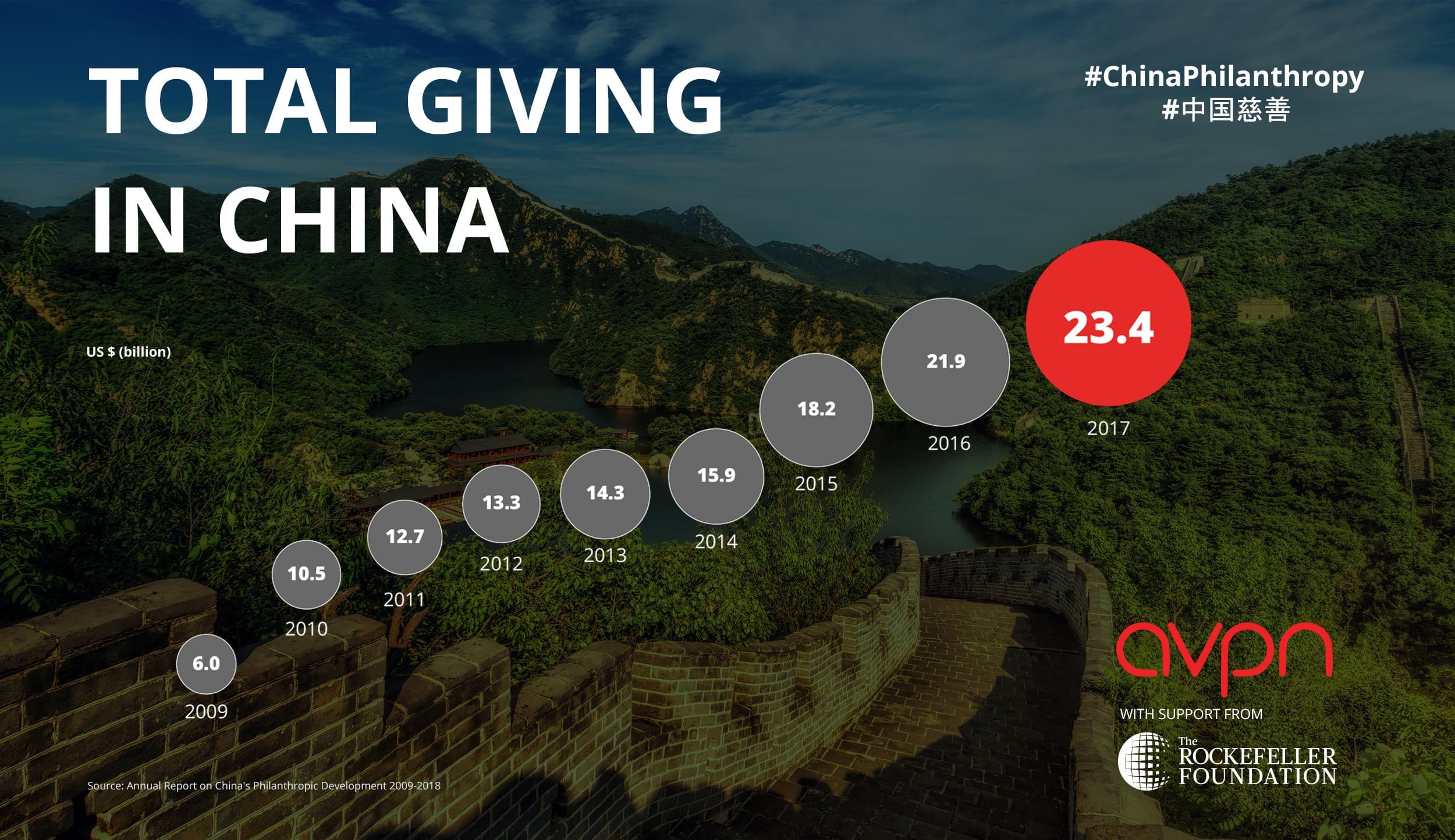
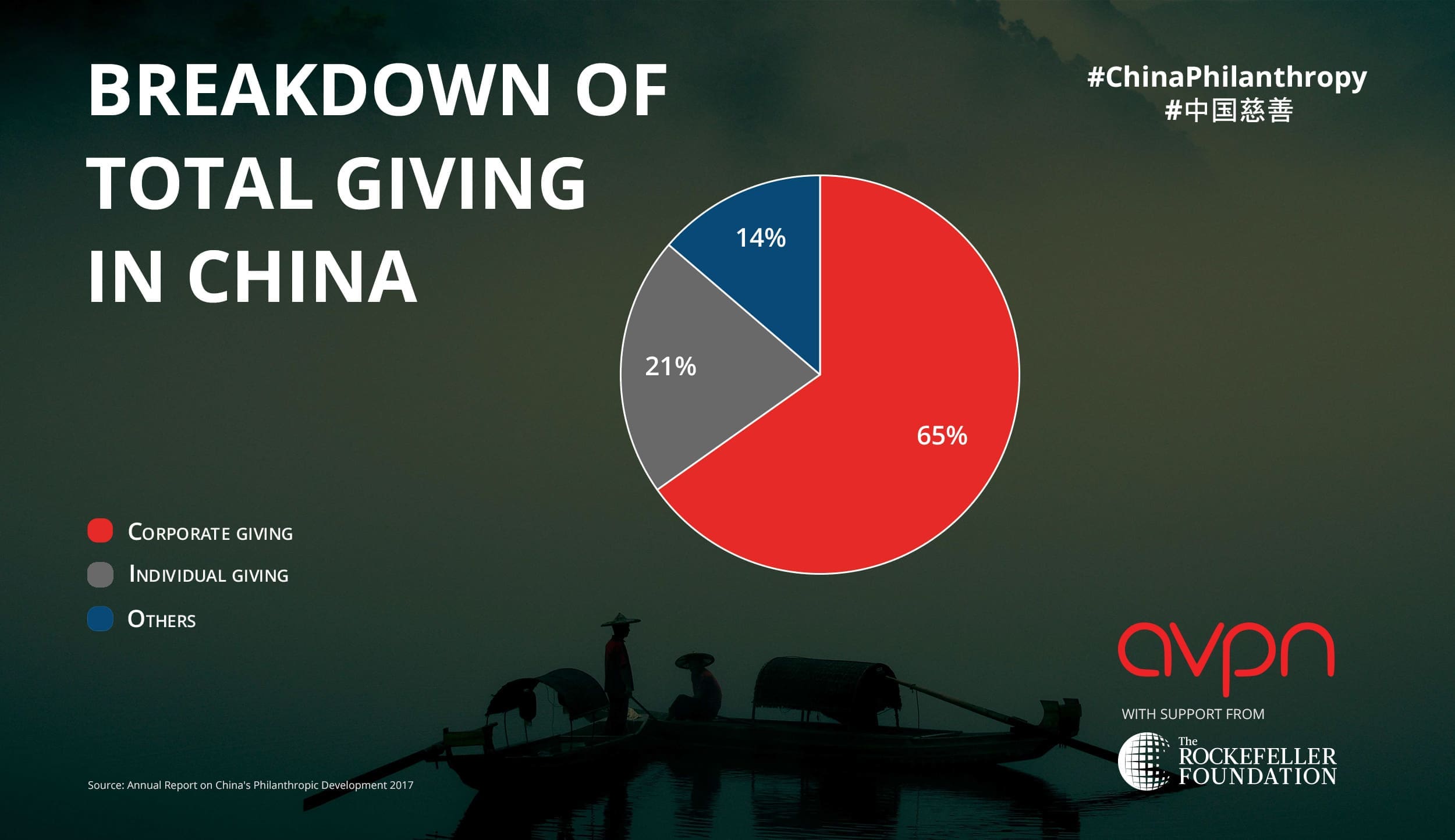
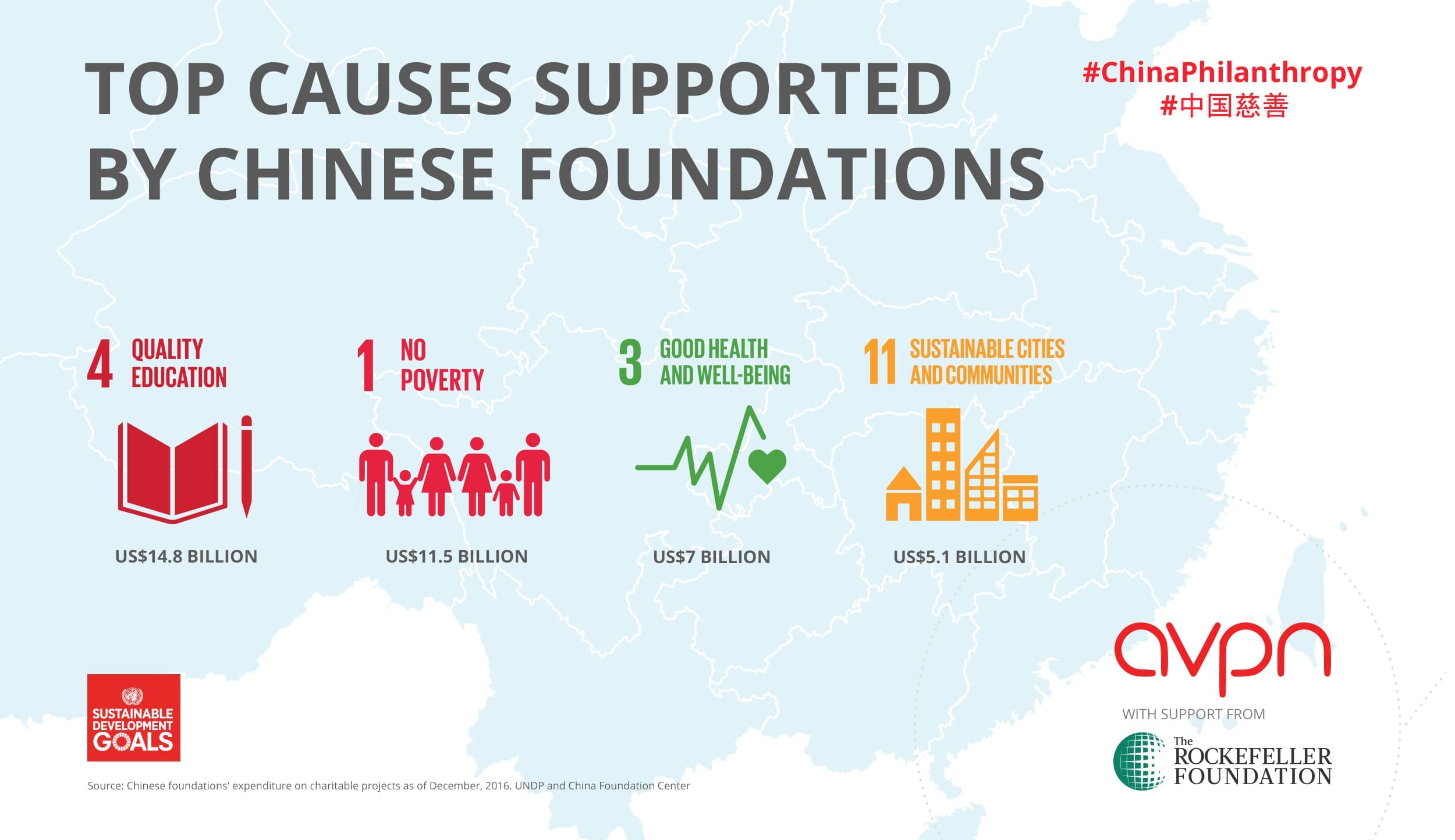
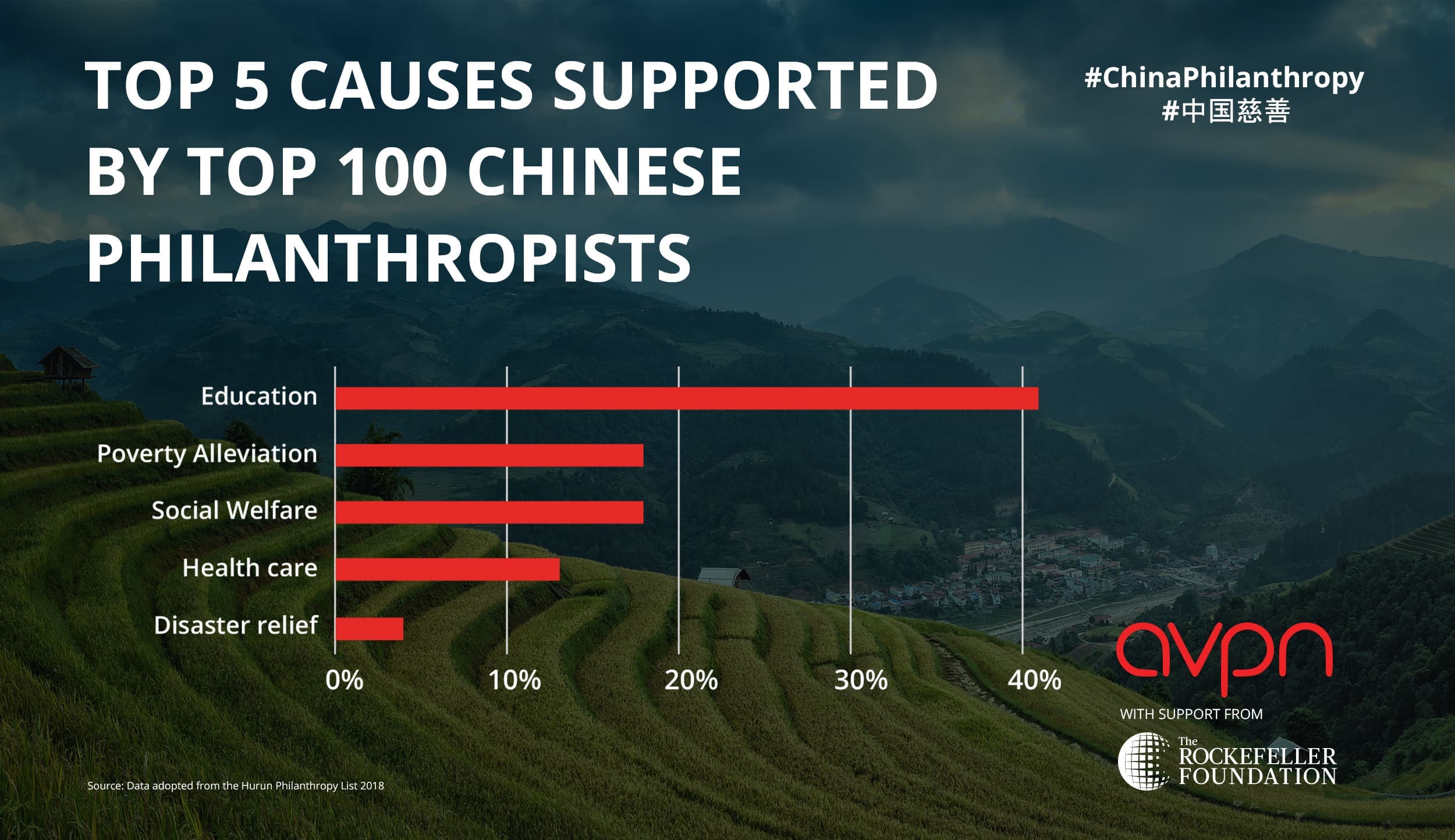
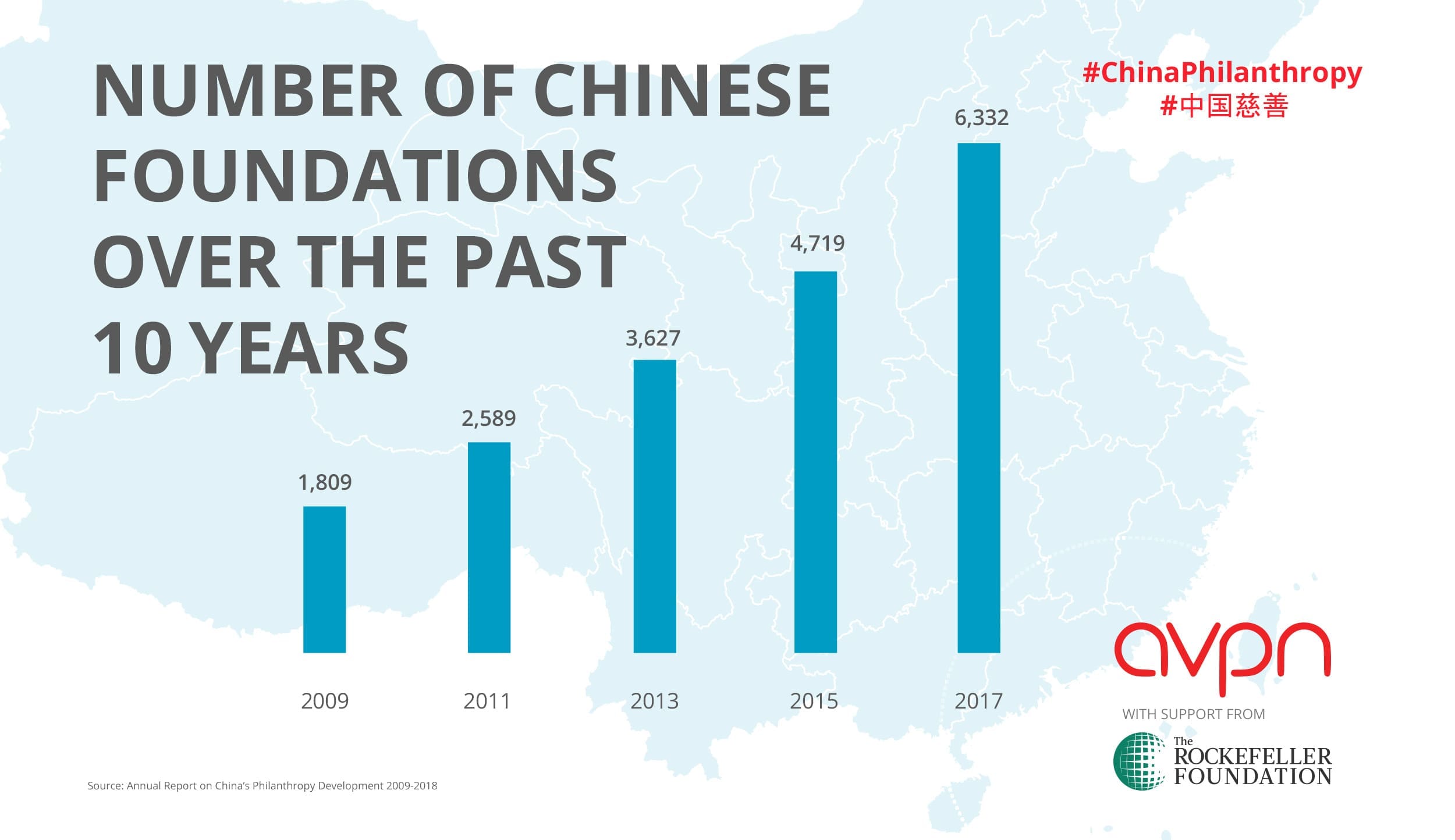
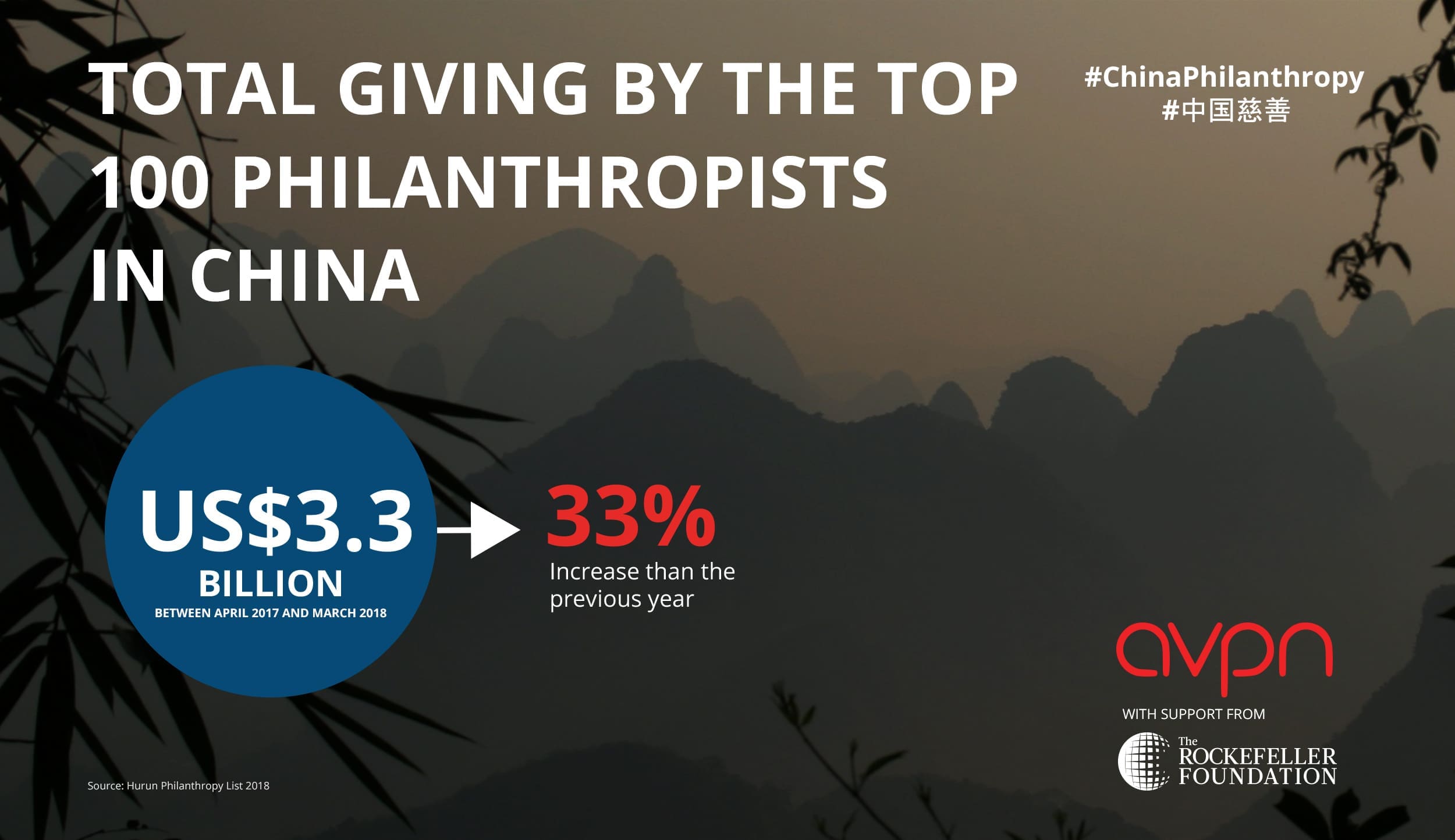
Leave a comment